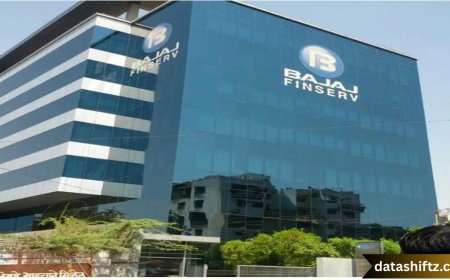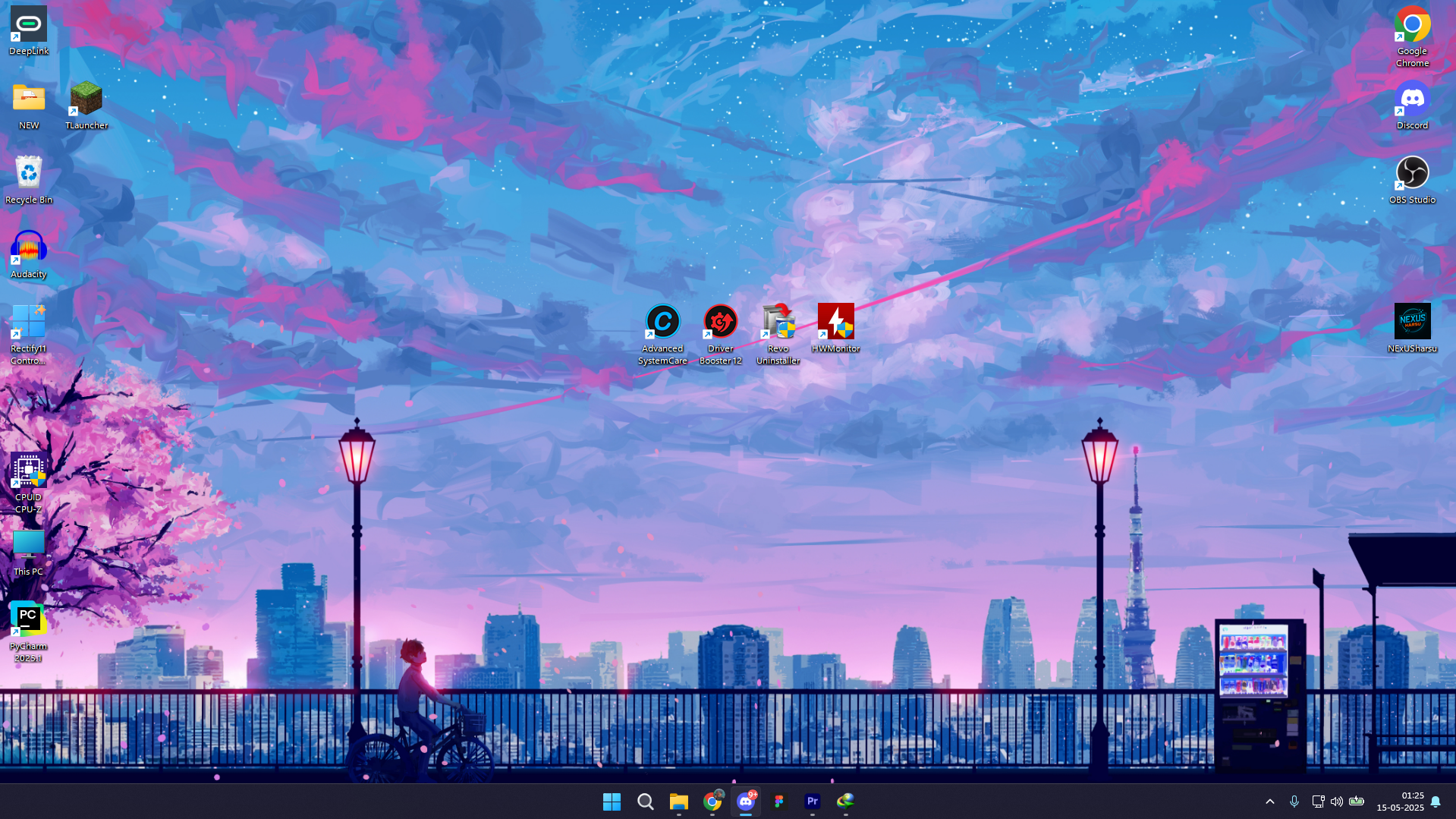Kosmos 482: The Soviet Venus Probe That Returned After 53 Years
Introduction
On May 10, 2025, a relic from the early days of space exploration made an unexpected return to Earth. The Soviet spacecraft Kosmos 482, launched in 1972 on a mission to Venus, re-entered Earth's atmosphere and crashed into the Indian Ocean after spending over five decades in orbit. This event not only marked the end of a long-standing orbital journey but also highlighted the enduring legacy of early space missions and the challenges of space debris management.
The Mission That Never Reached Venus
Launch and Objectives
Kosmos 482 was part of the Soviet Union's ambitious Venera program, aimed at exploring Venus. Launched on March 31, 1972, just four days after the successful Venera 8 mission, Kosmos 482 was intended to deliver scientific instruments to study Venus's atmosphere and surface. The spacecraft was equipped with spectrometers, photometers, and other tools designed to withstand the planet's extreme conditions.
Mission Failure and Orbital Stranding
Shortly after launch, a malfunction in the fourth stage of the Molniya-M rocket prevented Kosmos 482 from escaping Earth's gravity. As a result, the spacecraft was stranded in a highly elliptical Earth orbit. The Soviet Union, following its convention for failed interplanetary missions, re-designated the probe as "Kosmos 482" to mask its intended purpose.
Decades in Orbit
Orbital Characteristics
After the failed mission, Kosmos 482 remained in an elliptical orbit around Earth, with a perigee (closest point to Earth) of approximately 210 kilometers and an apogee (farthest point) of about 9,800 kilometers. The spacecraft's orbit gradually decayed over the years due to atmospheric drag and gravitational perturbations.
Previous Re-entries
In the days following the launch, parts of Kosmos 482 re-entered Earth's atmosphere and landed in New Zealand. These fragments, including titanium spheres, were analyzed and confirmed to be of Soviet origin. The main descent module, however, remained in orbit for over five decades.
The 2025 Re-entry
Monitoring and Predictions
As Kosmos 482's orbit continued to decay, space agencies around the world, including Roscosmos, the European Space Agency (ESA), and NASA, closely monitored its trajectory. Predictions indicated that the spacecraft would re-enter Earth's atmosphere between May 9 and May 13, 2025. The exact time and location of re-entry were uncertain due to variables like solar activity and atmospheric density.
Re-entry Event
On May 10, 2025, Kosmos 482 re-entered Earth's atmosphere and crashed into the Indian Ocean, west of Jakarta. The spacecraft's robust construction, designed to withstand Venus's harsh environment, raised concerns that parts of it might survive re-entry. However, no debris was reported to have reached populated areas, and the re-entry was deemed to have occurred without causing harm.
Technical Specifications
Kosmos 482 Overview
| Feature | Specification |
|---|---|
| Launch Date | March 31, 1972 |
| Launch Vehicle | Molniya-M rocket |
| Intended Mission | Venus atmospheric and surface study |
| Mass | Approximately 495 kg |
| Orbit Type | Highly elliptical Earth orbit |
| Re-entry Date | May 10, 2025 |
| Re-entry Location | Indian Ocean, west of Jakarta |
Implications and Lessons Learned
Space Debris and Re-entry Risks
Kosmos 482's prolonged presence in orbit underscores the issue of space debris and the potential risks associated with uncontrolled re-entries. While the spacecraft's re-entry did not result in damage, it serves as a reminder of the importance of tracking and managing defunct satellites and other space objects.
Engineering Durability
The spacecraft's ability to remain intact for over 50 years in orbit and survive re-entry highlights the durability of engineering designs from the early space exploration era. Kosmos 482 was built to endure the extreme conditions of Venus, which inadvertently contributed to its longevity in Earth's orbit.
Key Takeaways
Summary of Kosmos 482's Journey
-
Launch and Mission Failure: Intended for Venus exploration, Kosmos 482 failed to leave Earth's orbit due to a rocket malfunction.
-
Extended Orbit: The spacecraft remained in a decaying elliptical orbit for over five decades.
-
Re-entry Event: On May 10, 2025, Kosmos 482 re-entered Earth's atmosphere and crashed into the Indian Ocean without causing harm.
-
Legacy: The event highlights the challenges of space debris management and the enduring nature of early space engineering.
Conclusion
The re-entry of Kosmos 482 after 53 years in orbit serves as a poignant chapter in the history of space exploration. It reflects both the ambitions and challenges of early interplanetary missions and underscores the ongoing need for responsible space debris management. As humanity continues to venture into space, the lessons from Kosmos 482's journey remain ever relevant.





























